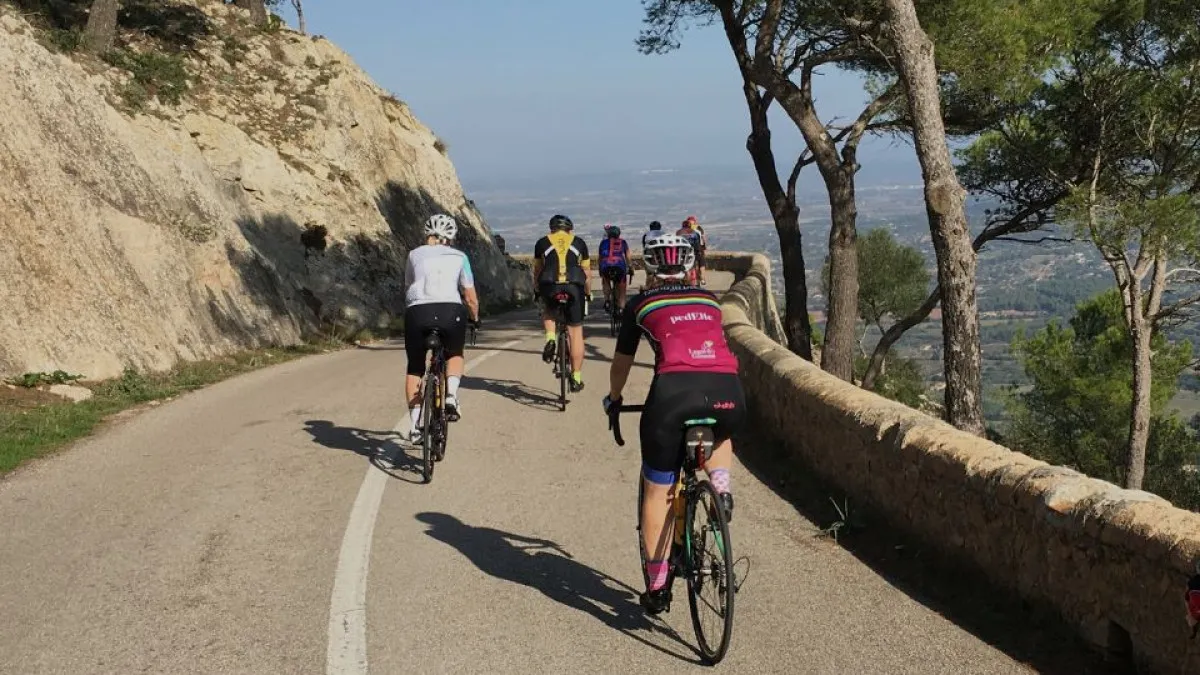
Ride Longer and Faster: Our Top 10 Tips for Building Endurance
Our top recommended tips for improving your endurance on the bike.
Hoping to cycle your first 100 miles or further this year? If so, one of the crucial elements you need to improve is your endurance. Building endurance is not always easy; it requires dedication, hard work, and patience but by working on this you will dramatically improve your riding and increase your chances of completing your ride successfully.
We have helped 100s of cyclist prepare for iconic 100 mile + rides such as RideLondon, Dragon ride and Lejog, giving them the training and advice they need to ride further, faster and more comfortably. Below are our top ten practical tips to help you improve your endurance.
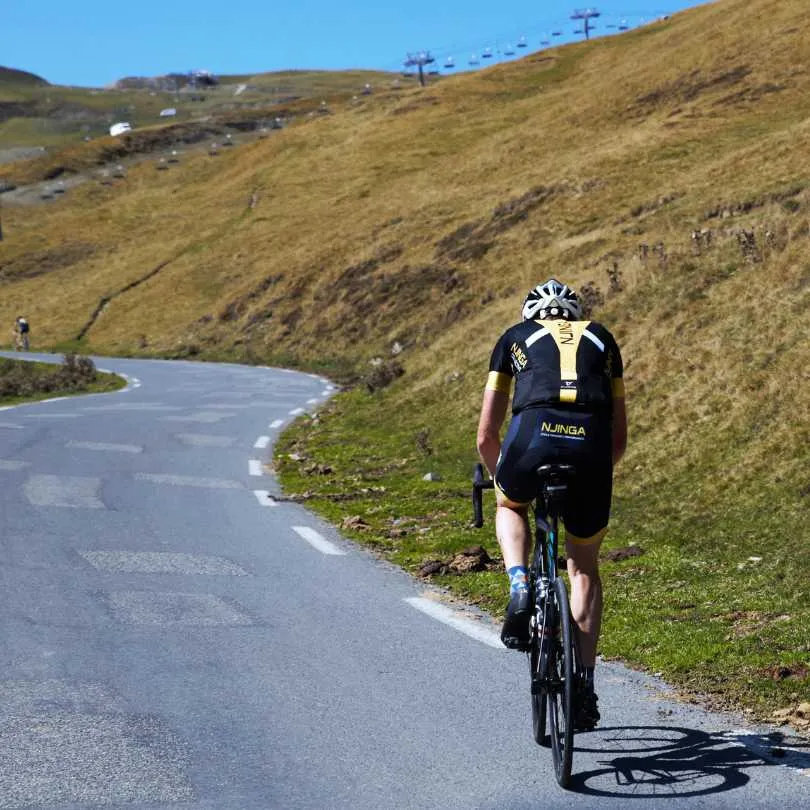
1. Start Slow
This is really important for a number of reasons.
Firstly, it allows your body to adapt to the demands of cycling gradually. If you try to ride too hard or too far too soon, you not only risk injuring yourself but can become overly fatigued, which will impact your ability to train and slow your progress.
Secondly, starting slowly also allows you to develop good training habits, such as maintaining a consistent pace, proper breathing, and a good cadence.

2. Build a Strong Base
Why is a strong base so important, particularly for endurance cyclists?
When you cycle at a low intensity, zone 2 generally, your body relies mainly on aerobic metabolism to produce energy. Aerobic metabolism uses oxygen to break down glucose and fatty acids, which provide the energy your muscles need to work.
By actively incorporating more low-intensity rides into your training, you increase the capacity of your cardiovascular system to deliver oxygen and nutrients to your muscles, improving your endurance. Building a strong base also helps to strengthen your muscles and bones, which reduces the risk of injury long term.
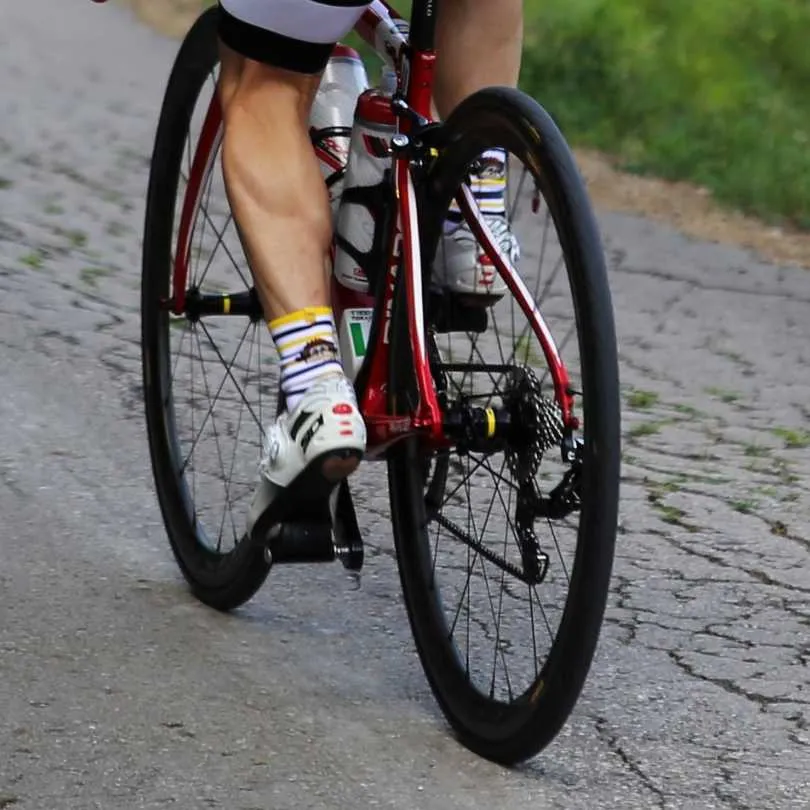
3. Focus on Cadence
Cadence refers to how quickly you pedal on the bike. Maintaining a consistent cadence is crucial for improving your endurance. Studies have shown that using your gears effectively and maintaining a higher cadence, around 90-100, is more efficient than grinding away on a lower cadence. Higher cadence reduces the amount of force required to push the pedal, which in turn reduces fatigue and improves your efficiency on the bike.
A higher cadence also helps to distribute the workload more evenly among your leg muscles, reducing the risk of developing any injuries.
Obviously on a climb your cadence will drop but try to aim for 90 for as long as possible.
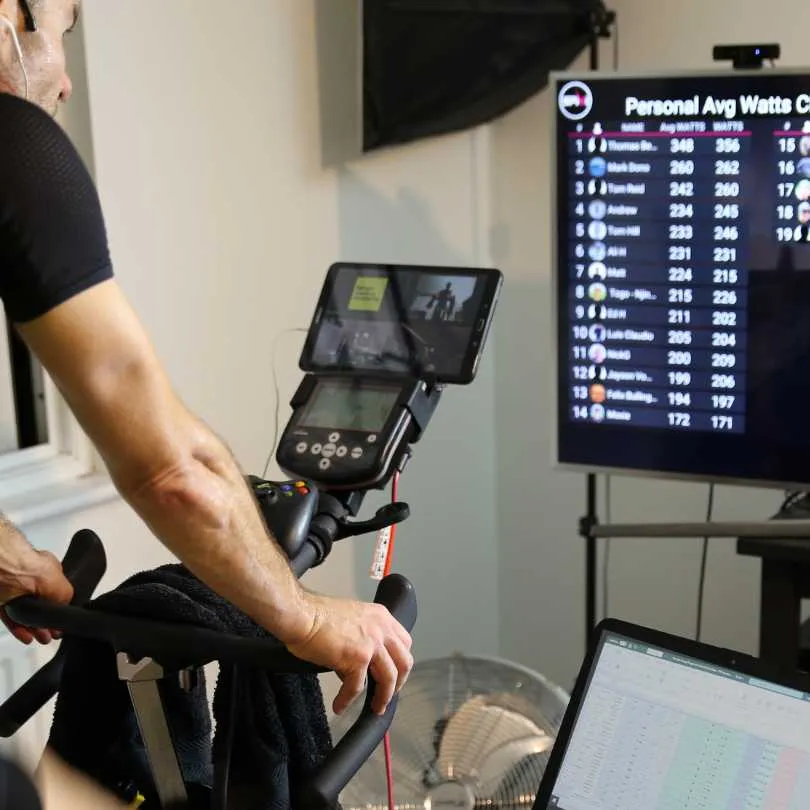
4. Incorporate Intervals
We strongly recommend integrating Interval training into your plan as a highly effective way to improve your cycling endurance. Interval training involves alternating periods of high-intensity work with periods of rest or low-intensity work. We provide a number of endurance building plans in the Njinga Cycling Academy that focus on this specific training option.
Doing interval sessions increases your VO2max, (the maximum amount of oxygen your body can consume during exercise), and your lactate threshold, which is the point at which lactic acid accumulates in your muscles, causing soreness and fatigue.
Intervals can be done outdoors but if possible, we recommend at least one session a week indoors where you can control the environment a little more and not worry about traffic lights, speeding cars etc and instead get a focused session in.

5. Fuel Your Rides
This is one of our key training pillars. Getting your fueling right is critical when focusing on building your endurance.
Carbohydrates are the primary fuel source for cycling, and your body needs a constant supply of carbohydrates during exercise to maintain energy levels.
Eating a meal with carbohydrates and protein before your ride can help to top up your glycogen stores, which are your body's energy reserves. During longer rides, consuming carbohydrates in the form of energy bars, bananas, rice balls, or gels (towards the end), will really help to maintain energy levels and reduce fatigue.
For more details on what to eat before, during and after a long ride, check out our Ultimate nutrition Guide for cyclists.

6. Hydrate Properly
Staying hydrated goes hand in hand with fueling correctly. When you ride, you lose fluids through sweating, and if you don't replace those fluids, you risk becoming dehydrated, which can lead to fatigue, cramping, and other problems.
Aim to drink at least one bottle of water per hour, including electrolytes. This is particularly critical when doing longer distances and as the temperature starts to increase.
Coach Tip
Start fully hydrated by drinking 300-500ml before your ride. We recommend Elete as a great 100% natural electrolyte option.
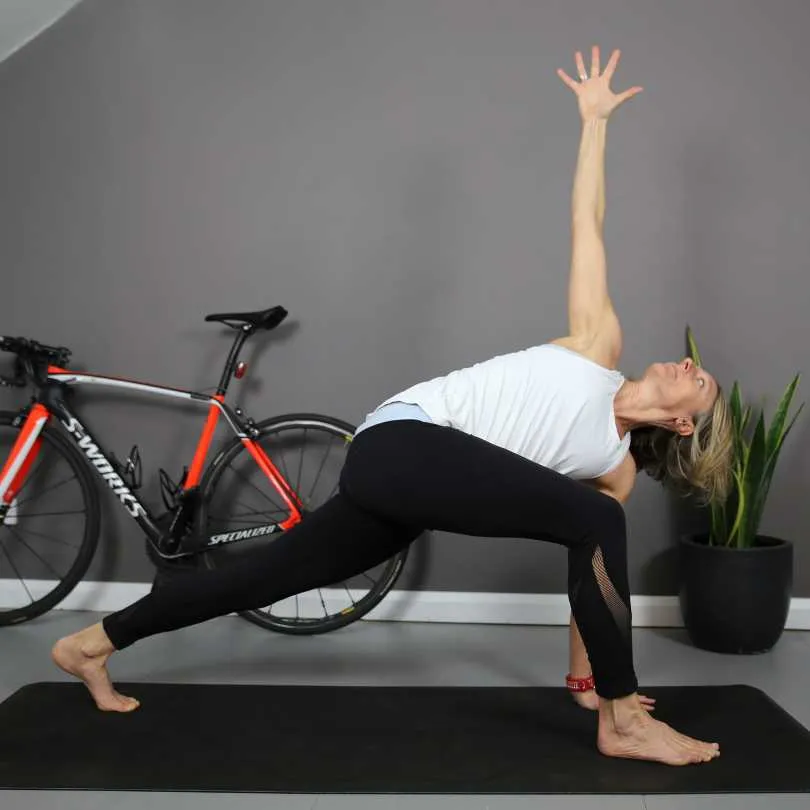
7. Rest and Recover
It may seem counter intuitive when trying to build fitness but rest and recovery is super important and is where the magic happens. When you exercise, small tears or microtrauma occur in the muscles. This is normal. However, as a result you need to give your muscles time to heal and recover between rides and to avoid creating injuries.
Taking rest days in between hard rides allows your body to recover and adapt to the demands of cycling. We highly recommend during “off days” to incorporate restorative activities such as yoga or stretching to improve your flexibility and reduce muscle soreness.
Try this 20 minute post ride stretch from our Njinga Cycling Academy.
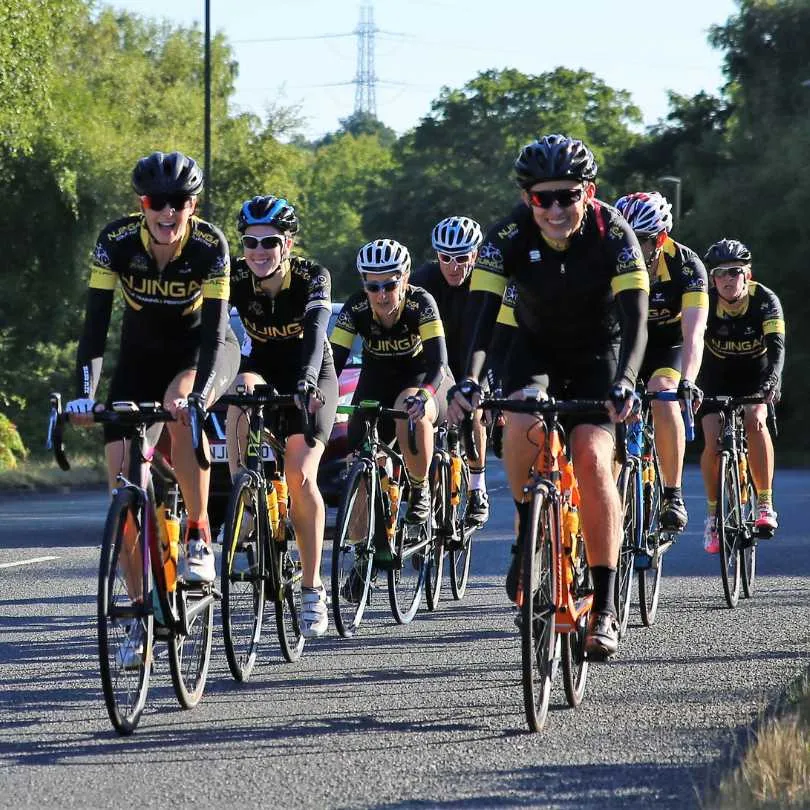
8. Train with a Group
Long rides can be mentally hard to do, especially when on your own. We highly recommend finding a group to train with to help improve your endurance. Riding with others provides motivation and support, especially on those days when you are struggling to go out. The cycling banter and coffee stop at the end makes the overall experience more enjoyable, challenging, and rewarding.
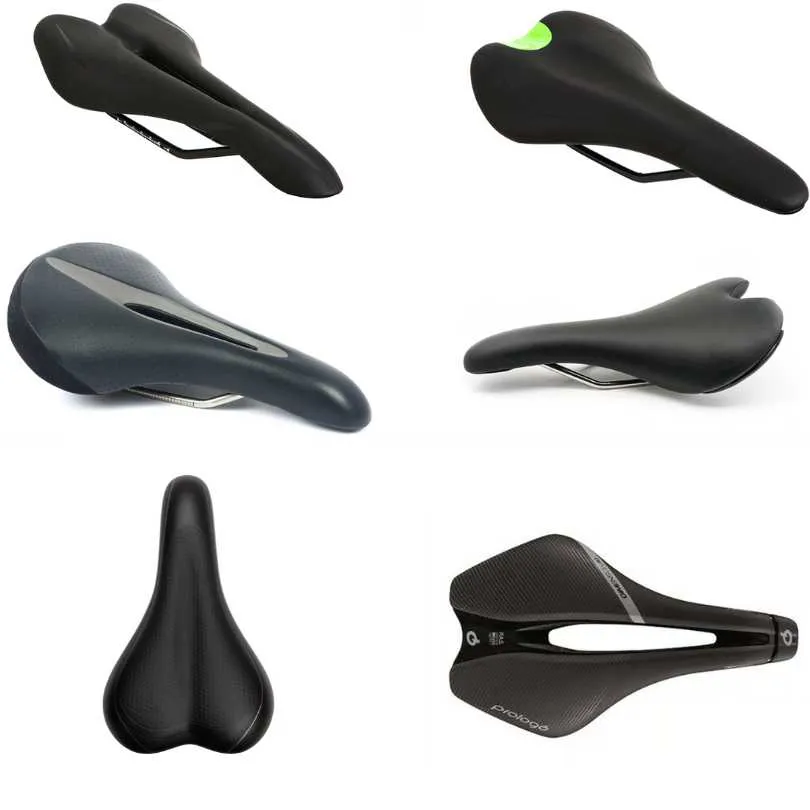
9. Get Proper Gear
Long distances means longer in the saddle so investing in proper cycling gear is definitely going to play a major factor in how enjoyable these rides are. Our number one recommendation is spend time testing out saddles, don’t simply go with the one your bike came with.
I learnt this the hard way and changing saddles two years after getting into cycling was a game changer. The right bib shorts and good quality cycling shoes with cleats are also highly recommended.
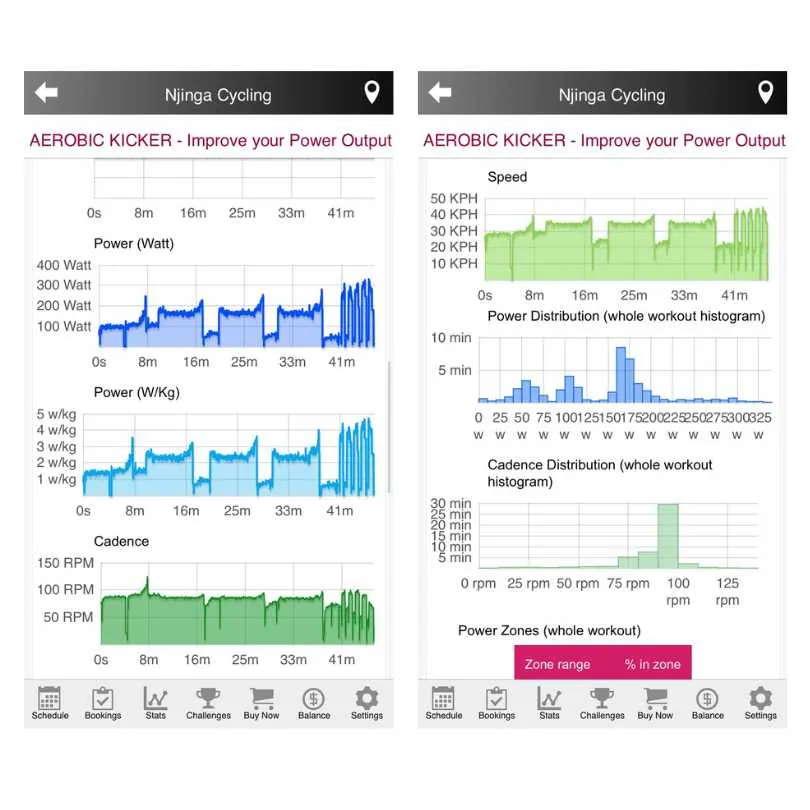
10. Set Goals and Track Progress
Setting realistic goals and tracking your progress is essential when looking to improving your cycling endurance. Ideally we recommend getting some sort of bike computer so you can track your mileage, speed, and other metrics to monitor your progress over time. Record your starting points so you can see how you are improving.
Finally don’t forget to celebrate your achievements along the way. This is a great way to stay motivated and committed as too often we are so focused on the end goal we forget to see how far we have come.
While incorporating all these points into your training is crucial for success, don’t forget about why you are doing it in the first place. The goal should always be to enjoy what you are doing and with consistency and hard work, you will see performance improvements too.
For more help on building up your endurance, check out our 8,12 and 20-week endurance building plans in the Njinga Cycling Academy.

